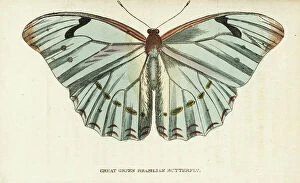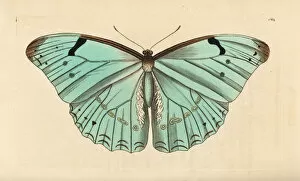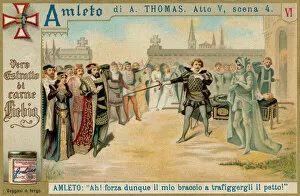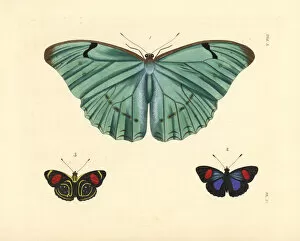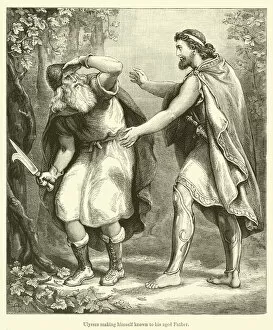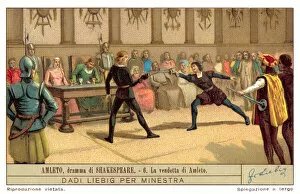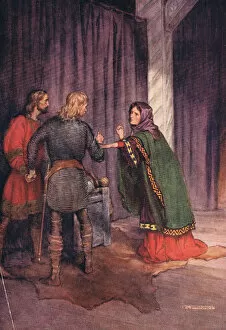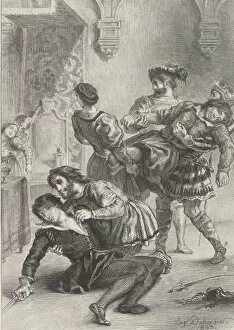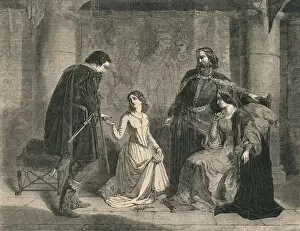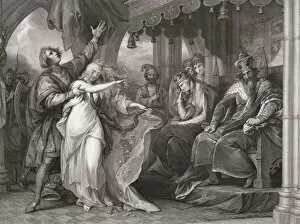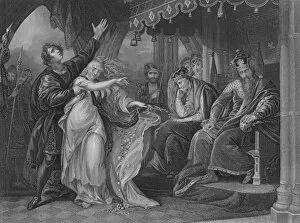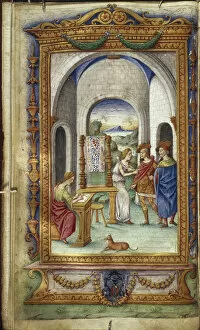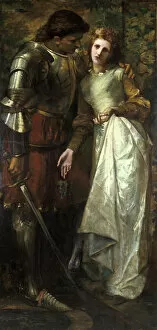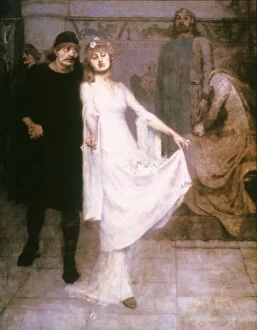Laertes Collection
Laertes, the White Morpho butterfly, also known as Morpho laertes, is a captivating creature that enchants with its vibrant colors and graceful flight
For sale as Licensed Images
Choose your image, Select your licence and Download the media
Laertes, the White Morpho butterfly, also known as Morpho laertes, is a captivating creature that enchants with its vibrant colors and graceful flight. There, on the pendant boughs of trees adorned with coronet weeds, they can be seen clambering to hang in all its glory. In Shakespeare's play "Hamlet, " Laertes takes center stage during the dramatic duel scene. Chromolithographs depict this intense moment where Hamlet and Laertes fight at Ophelia's graveside. The tension between them is palpable as they engage in a battle fueled by revenge and grief. Just like the eighty-eight butterfly species Morpho and Hydaspes, Laertes represents strength and resilience amidst turmoil. In an engraving titled "Ulysses making himself known to his aged Father, " we witness another character unveiling their true identity after years of separation. In a black-and-white photograph from 1905 production of "Hamlet, " English actors Lily Brayton (Ophelia), Walter Hampden (Laertes), and E Lyall Swete (Polonius) bring these iconic characters to life on stage. Their performances capture the essence of Shakespeare's timeless tragedy. Another chromolithograph portrays Hamlet fighting against Laertes in a climactic showdown. This image captures the intensity of their conflict as they clash swords amidst swirling emotions. As one woe treads upon another's heel, depicted in a colorful lithograph from 1910, we are reminded of how sorrow often follows closely behind tragedy. Yet even amidst despair, there is beauty to be found - just like when Hamlet and Laertes stand together at Ophelia's grave in an enchanting painting from 1843. Eugene Delacroix masterfully depicts "The Death of Hamlet" not once but twice - both scenes showcasing the emotional weight carried by our protagonist.

